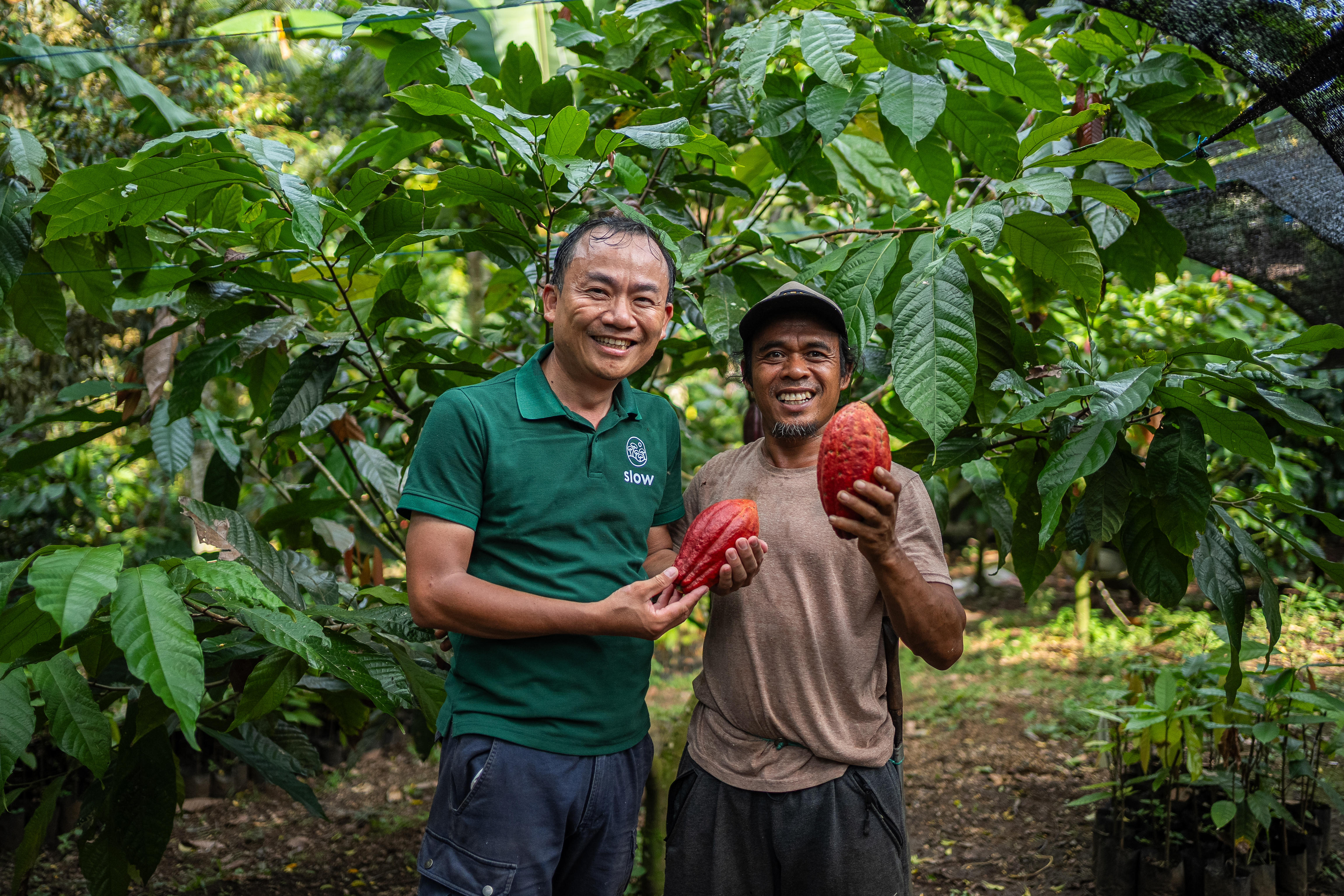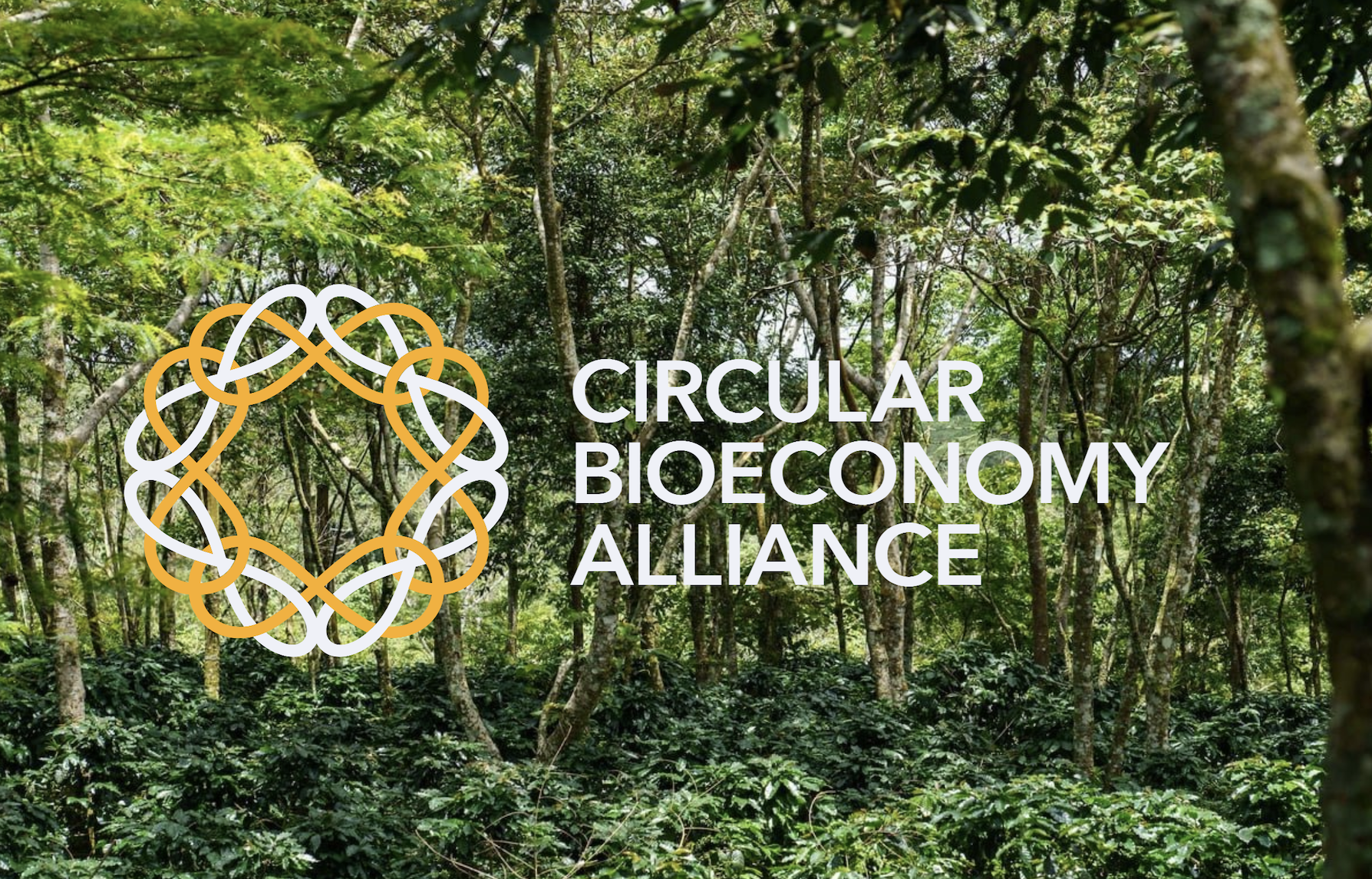Earth Day: Four ways to reduce your coffee and chocolate footprint
Earth Day reminds us that change doesn't have to wait for sweeping policy or perfect systems. Often, it starts with something as simple—and as...

Coffee's aroma ignites the experience © Slow
"A very dark roast, no matter where the beans come from, will have those same burnt notes. This means that African beans and Southeast Asian beans roasted extremely dark will both smell quite similar."
“For example, African coffees roasted with medium or light roasts can have floral or fruity notes your nose can actually pick up in the first whiff of freshly ground coffee.”
"Smelling whole beans offers a hint of their potential. But think of them like a flower waiting to bloom. The real explosion of aroma happens when you grind the beans, releasing all those wonderful scents for your nose to explore."
"There's a trick though. While you can also smell brewed coffee, super hot temperatures mute the aroma. It's similar to how you can't taste a piping hot soup - the temperature overwhelms your palate. Let the coffee cool slightly, and then take a deep breath. That's when the magic happens."
"If you really would like to know the taste of your coffee, it's important to bring all the way in. Take a spoon, slurp quickly and you try to get the coffee at the back of your mouth and cover all your tongue. When you slurp, it sends aromas through a 'retro-nasal' passage, thinks secret flavour tunnel, to your brain."
"Sometimes your coffee bag says an intriguing lexicon like "licorice notes' or maybe 'dark chocolate hints'. But fear not, coffee notes are evocative whispers, not literal ingredients."
"Imagine two coffee drinkers - a seasoned Bali resident and a Copenhagen native - sharing a cup. Their palates, shaped by distinct experiences, will interpret the coffee differently. 'Orange blossom'? Elusive for one, clear as day for the other."
"The notes paint a picture, a sensory journey based on what the coffee reminds you of, not a checklist of flavours. So next time you see coffee with rosehip and bergamot, smile. It's an invitation to an adventure, not a botanical shopping list."
"Brew ratio is a legit term. You work it out by weighing the coffee and weighing the water. This is the brew ratio."

Our Head of Coffee, Marc Simonsen © Slow
Let's break down some essential terms with Marc.
"You need to know your coffee processing methods. Three main methods are washed, natural and pulped natural.
"The go-to method for most, and it has a more clean and bright acidity tastes more acidic than most. This process uses water to remove the outer fruit skin from coffee cherry."
“Sun-drying whole coffee cherries creates unique fruit flavours, but sometimes unwanted fermented notes can creep in.”
“This method falls somewhere in between. The skin is removed, but the fruit mucilage remains, offering a complex mix of fruity and earthy profiles.”
“Acidity gets a bad rap sometimes, but it’s a key contributor to a coffee’s vibrancy and brightness. Washed coffees tend to be more acidic, while naturals can be sweeter and have a fuller body."
The bean matters too. Here's a quick breakdown:
"Specialty coffees are almost all Arabica, which at its best has flavour notes ranging from floral and fruity to nutty and chocolaty."
“A more robust bean, Robusta is often used in instant coffee blends. It has nearly twice as much caffeine, is cheaper to grow, and is more resistant to climate change. It's much more bitter and has less sweetness and acidity. Typical flavour notes are tobacco, leather, black pepper and rubber.”
Want to learn more? Ask Marc to get your coffee fix and take part in Slow’s coffee tasting experience.

Earth Day reminds us that change doesn't have to wait for sweeping policy or perfect systems. Often, it starts with something as simple—and as...

Big news from Slow. African Coffee Roasters is now part of the Slow family. And this isn’t just an acquisition—it’s a major step forward in how...

A few years ago, coffee and chocolate were just products. But at Slow, we’re changing the story. We’re not just selling beans and cocoa, we’re...